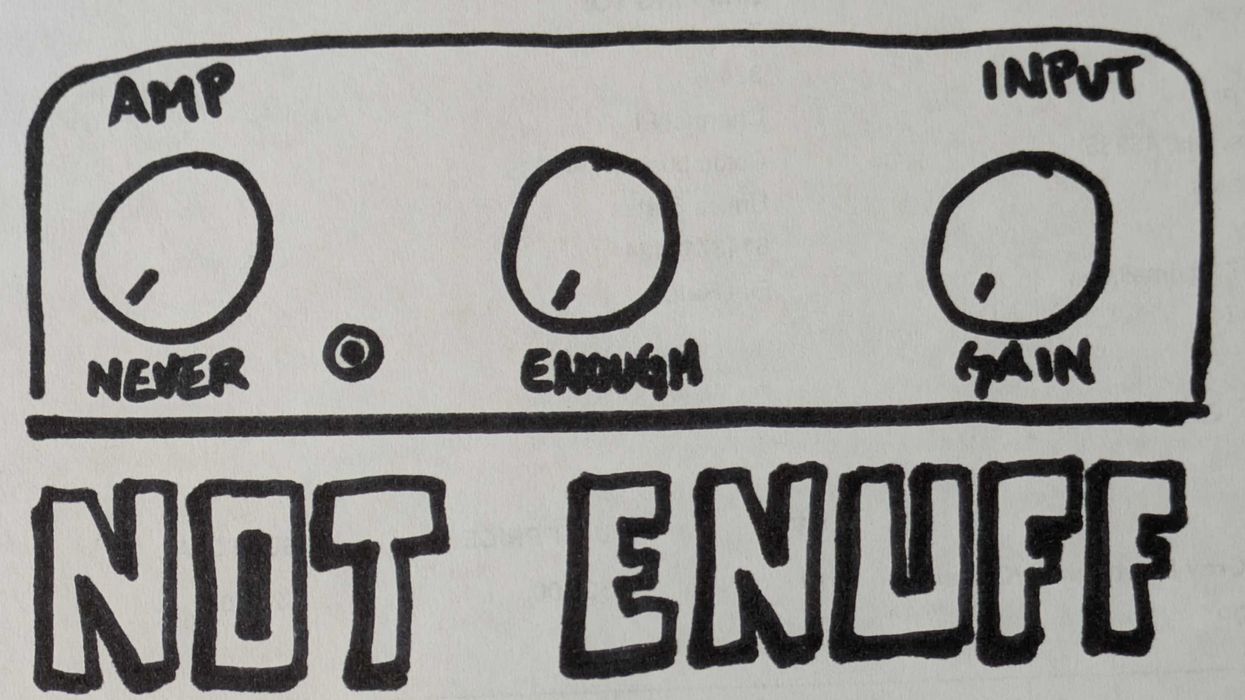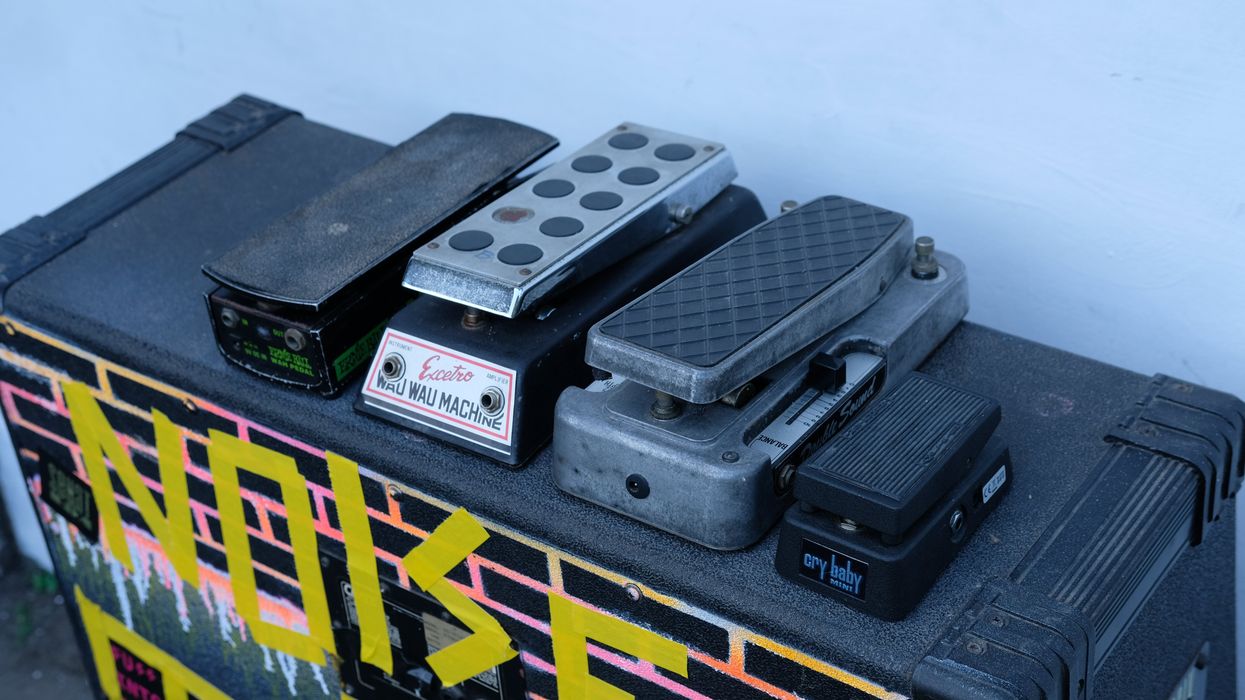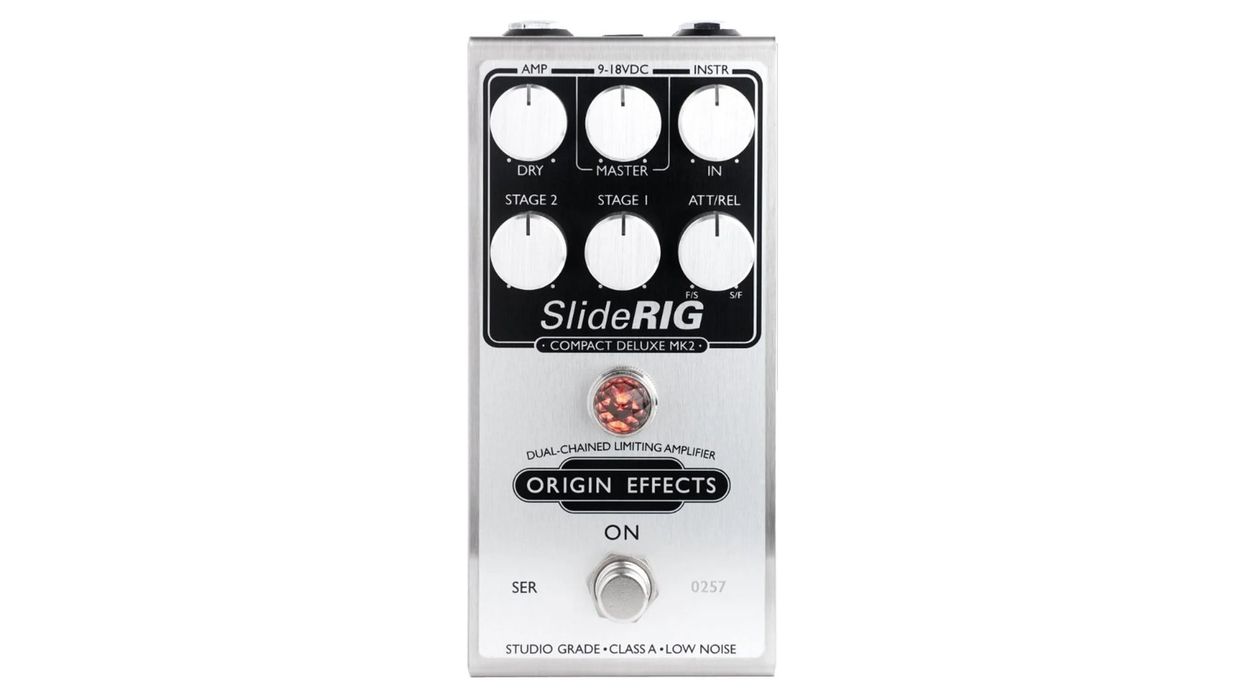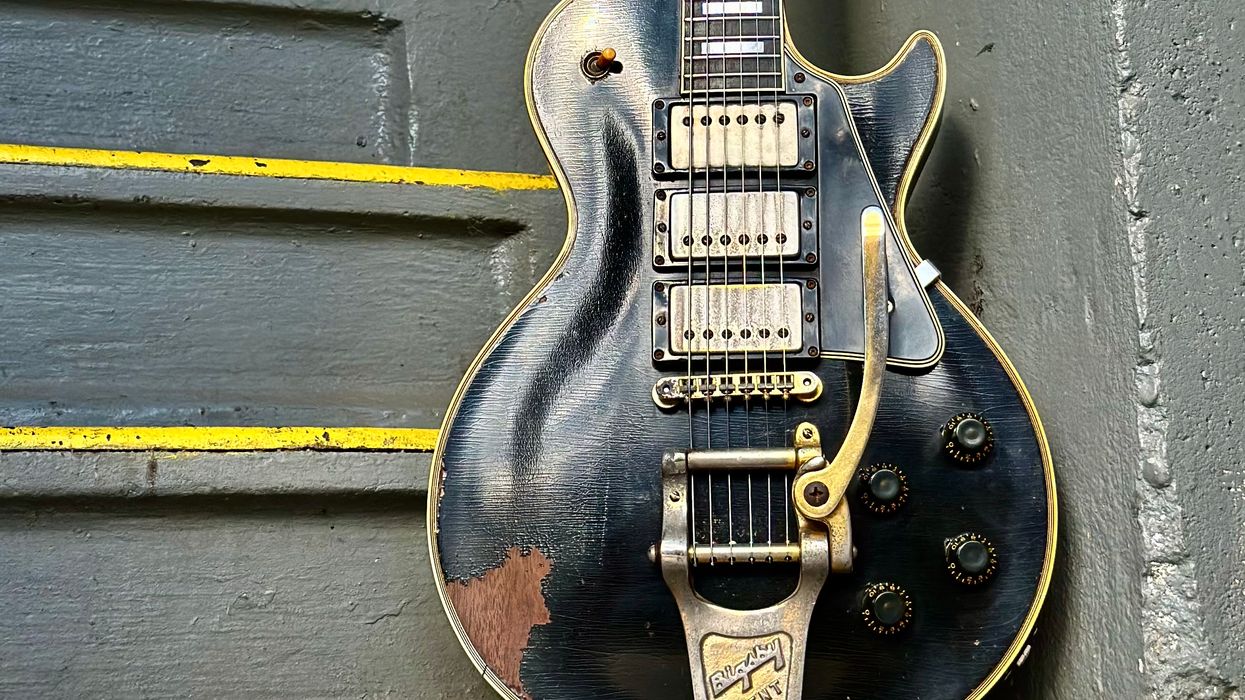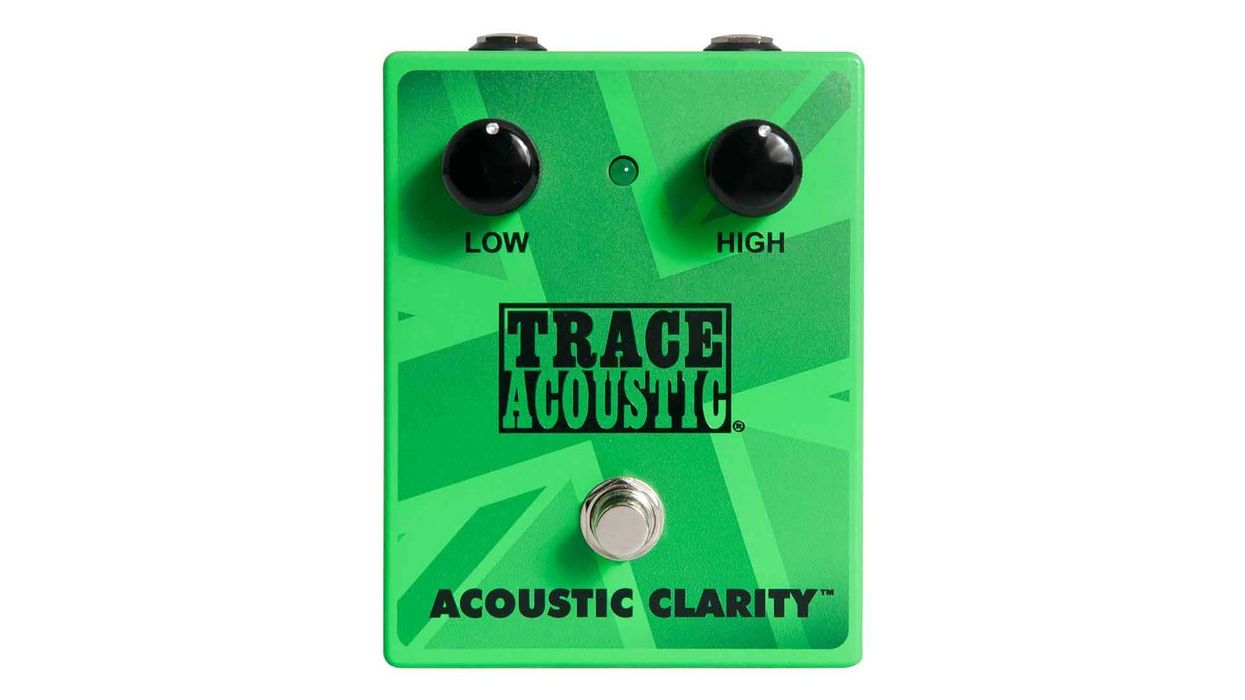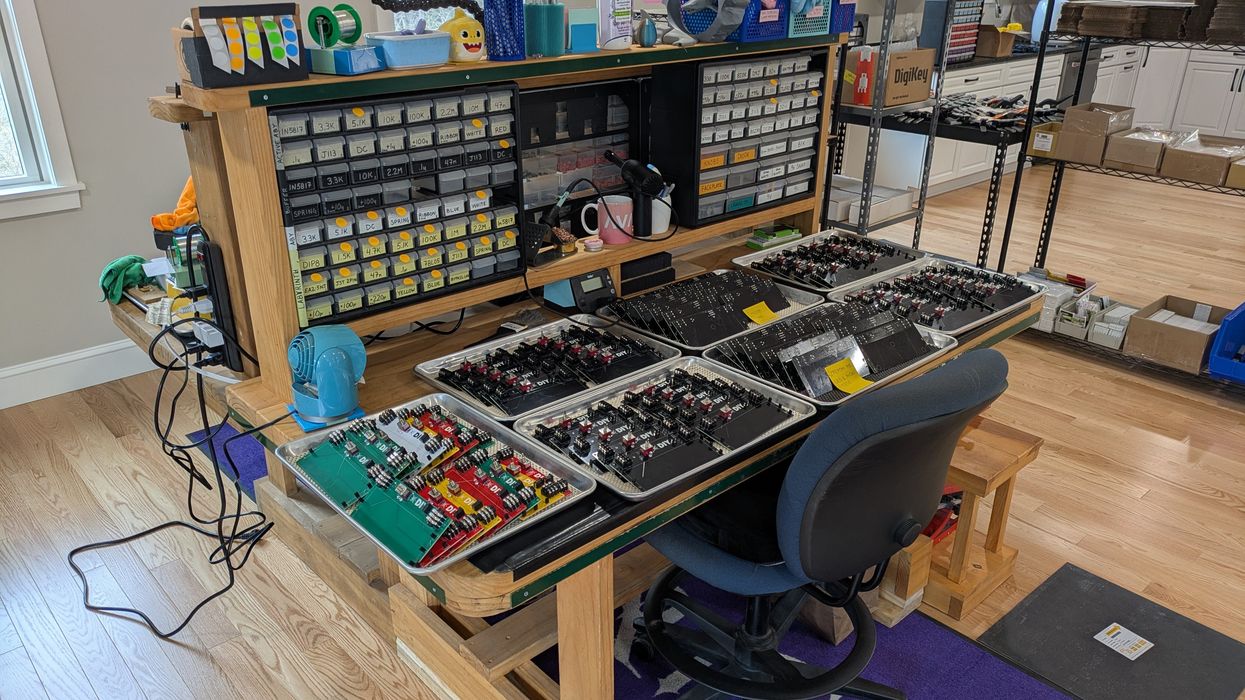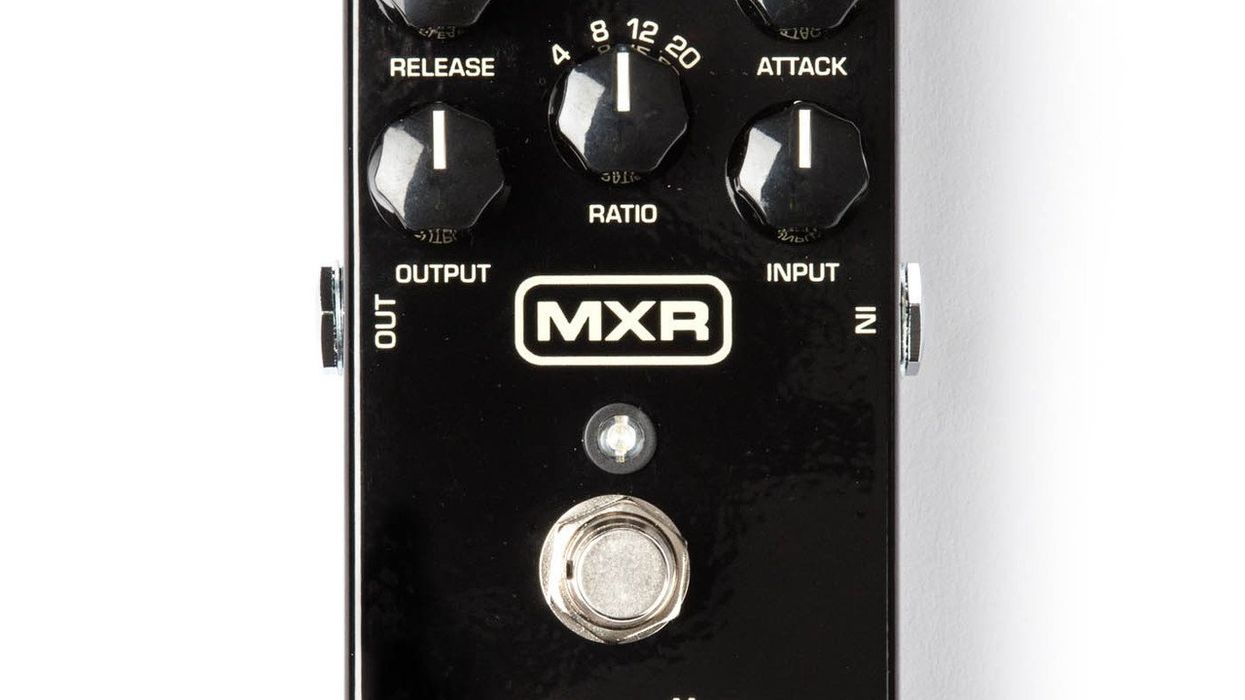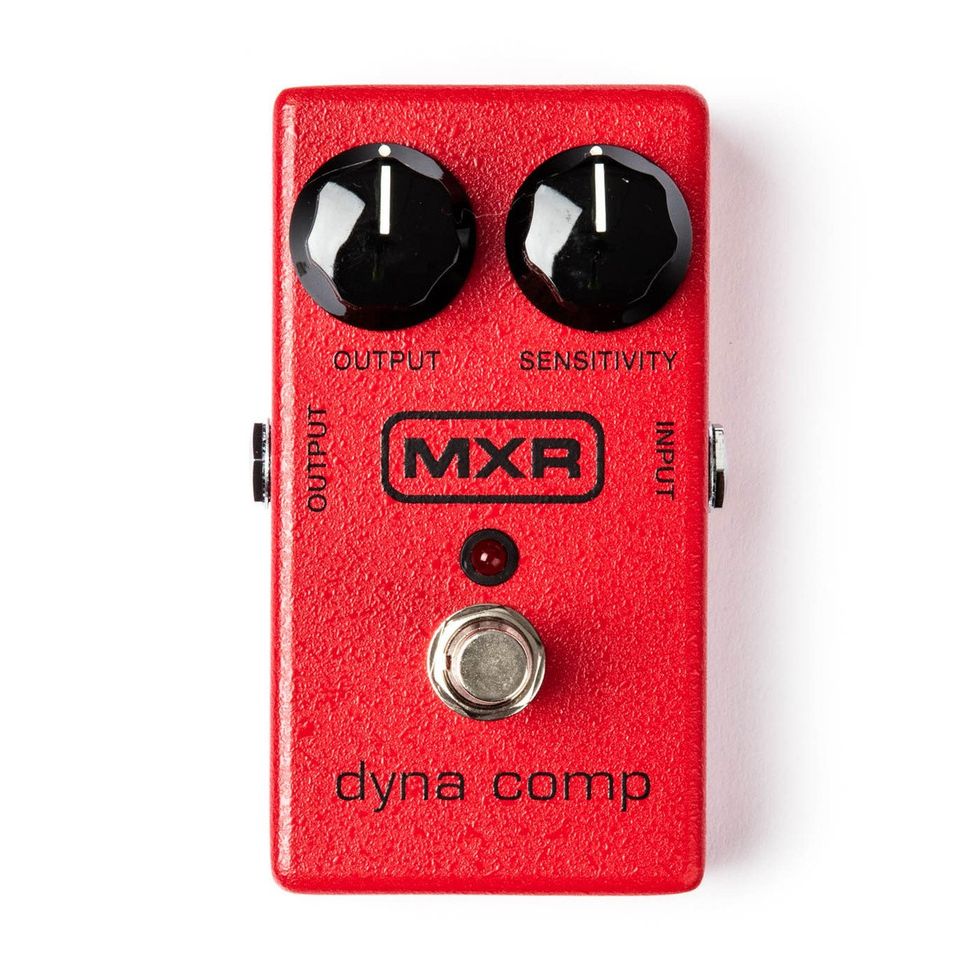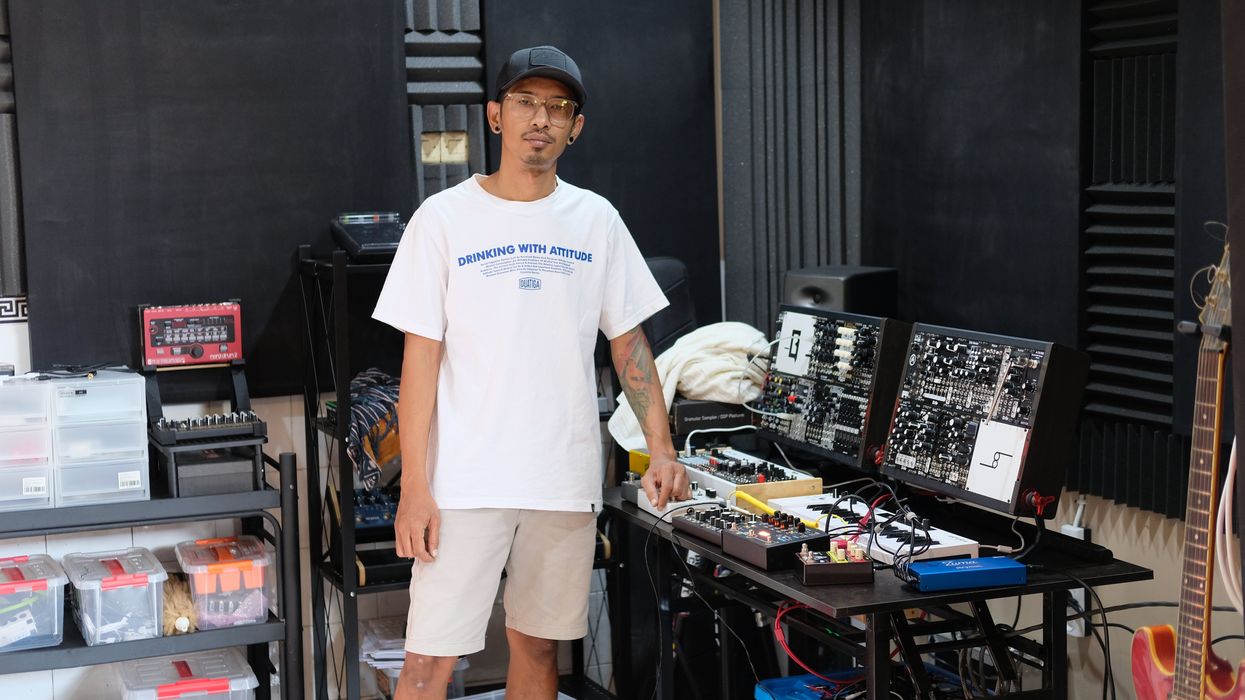Think that price tag on that pedal is a bit high? There’s a lot more that goes into it than just what’s in the box.
The inspiration for this topic comes from a recent video published by JHS Pedals. The video consists of Josh Scott giving an honest breakdown and rebuttal to a video posted to YouTube by John Nathan Cordy. In Cordy’s clip, he disassembles a JHS pedal while asking if the general consumer is getting “ripped off” because the cost of the parts isn’t very exorbitant. (Cordy later issued an apology.) I’ve often lived by the motto, “You’re not paying for the parts; you’re paying for how they’re put together.” So, what goes into making a pedal, and are they overpriced? There’s a lot to cover, so let’s dig in.
It can be easy for a consumer to get bogged down by the cost of the end product in relation to the value of raw materials. This is made even more evident given that we have access to the value of the raw materials. A quick web search for a Fuzz Face schematic, followed by some research on where to purchase those components, along with their value, might leave you scratching your head as to why a boutique manufacturer might be selling a Fuzz Face-style pedal for $199 and up. I’d immediately point out that your head isn’t the only thing that we’ve scratched in this example—we’ve only scratched the surface of the cost.
Let’s say I’m a contractor, and you want me to put up a fence on your property, and I buy $100 worth of wood and nails and put it up in 10 hours. Is that job worth $100? No. I don’t think anyone reading this would think that. People understand costs when they go past the tangible. We’re talking about labor. The very thing that employees are reimbursed for. That’s still not the aspect that I think the common consumer struggles to grasp. I think that they have a disconnect when it comes to the ancillary. In this example, it would be the cost of the tools, the insurance and fuel for the work truck, and the advertising cost for the page where you found the contractor in the first place. Let’s bring this back to pedals and unpack this a little bit more.
I’m going to attempt to outline bringing a pedal to life, from the inception of the idea to the selling of the final product—all while trying to expose the costs that I think people forget or simply don’t know about. I feel like a magician right now. “I’m going to attempt to make 15 buses appear on this skyscraper. All while hanging upside down and blindfolded.” Anyway, let’s give it a try.
“You’re not paying for the parts; you’re paying for how they’re put together.”
We know that the cost of the parts for a fuzz pedal is on the low side. Residing here in America (and for me in New England), we know that labor costs are on the higher side. But let’s keep digging up and exposing those forgotten or unknown running costs. After the idea of making the product, it starts with having the space to design and work on it. That would be rent, business insurance, liability insurance if there are employees, and common utilities bills. You need a bench to work at with adequate lighting, storage for the parts, and the parts themselves. These parts are only in our possession after hours of research on which parts we want to use. This includes specs like tolerance, material construction, component size, lead pitch, voltage ratings, and so on. But let’s not jump the gun. We need to order a variety of parts so that we can assemble the circuit on a breadboard, test it, make changes and additions, and record the results onto a schematic. That is, of course, after we purchase and learn how to work on a breadboard, and connect it to an instrument and amplifier. Then we need to learn how to read and write in the language that is electronics schematics. This is something that 95 percent of pedalbuilders learn on their own. So there’s no formal education cost here, but it’s hours and hours of learning.
Let’s say we’ve made it this far and we know what we want to use in the fuzz circuit. Next, we order the parts (most likely from several suppliers and pay separate shipping costs for all). Once they arrive, we stock them in their appropriate locations. Now we’ve arrived at a big step: turning what we have on the breadboard and schematic into a circuit board that mates with an enclosure. Oh, dear!
Join me for part two as I break down the next steps in this journey from idea to final product—and final price.


